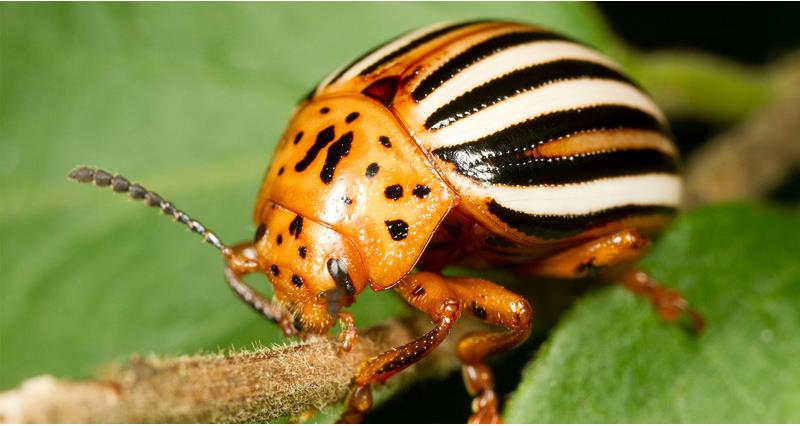The eight-toothed spruce bark beetle was first identified in the UK in 2018. Although much preferring stressed or dying trees, under the right conditions the beetles will attack healthy trees, with the potential to cause significant damage.
The latest outbreaks have been recorded on Sitka spruce trees within the , which was expanded earlier this year, and covers much of East Anglia and the South East of England. Woodland managers, landowners and the public are being urged to look out for the pest.
The Forestry Commission continues to take swift and robust action including rapid eradication measures in response to the findings.
Identifying the beetle
In the UK, Ips typographus are most commonly found on Norway spruce, however all spruce species are vulnerable to attack, alongside fir (Abies) species such as the Nordmann fir and pine (Pinus) species.
Fallen, cut, damaged or generally unhealthy trees are the main target of the pest as they have little or no defence system.
However, healthy trees can also become infested if environmental conditions see beetle numbers increase significantly. It is thought that the recent outbreaks are most likely due to natural dispersal of the pest from mainland Europe, and there is no evidence of spread within the UK.
Adult beetles can spread pathogenic fungi and are closely associated with blue-stain fungus, a disease which is of greater issue for cut timber.
ŌĆ£This pest has the potential to cause significant damage to healthy trees, therefore identification and eradication as quickly as possible is key.ŌĆØ
NFU senior plant health adviser Dr Alison Warrington
They hibernate over winter under the bark of trees, logs and leaf litter. They then re-emerge in spring, when the temperature rises above 20┬░C.
The Forestry Commission has published a .
Grant eligibility
Tree growers are being asked to remain vigilant as temperatures rise and to check the health of spruce trees on their land and reporting any sightings using the .
Landowners in the South East of England are encouraged to proactively remove spruce and replant with other non-susceptible species.
They may be eligible for funding if their land is in the ŌĆśŌĆÖ.
Landowners and managers served with a statutory plant health notice due to an outbreak on their site may be eligible for grants to support felling and restocking activity through the .
Identification and eradication is key
NFU senior plant health adviser Dr Alison Warrington has advised that farmers and growers with spruce on their land, particularly those growing for the Christmas tree industry, should take care to check fallen and damaged trees for signs of the eight-toothed spruce bark beetle.
She added: ŌĆ£Use the to help identify the signs and symptoms. This is especially important for those within or near the Demarcation Area.
ŌĆ£This pest has the potential to cause significant damage to healthy trees, therefore identification and eradication as quickly as possible is key.ŌĆØ
.
For more information about the beetle, and felling and movement guidance, visit: .

